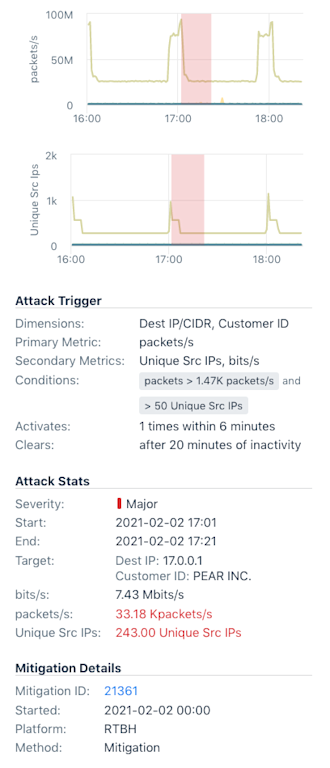Synthetic Monitoring: Mesh Visualizations
A Better Look at Network Observability
With the rapid development of cloud networking, some traditional ways of visualizing the network are under strain. It’s getting difficult to see where problems arise and drill into them on network maps designed around old low-density, device-based topologies. To make networks more observable, Kentik has been hard at work on a new visualization, optimized for emerging high-density, hybrid- and multi-cloud networks.
Meet Kentik’s “Mesh” Visualization
A mesh visualization is what it sounds like: a mesh or a matrix of network tests and traffic representing all possible connections between a set of test-points and end-points. Each “cell” in the mesh provides data on test results, traffic, or health status. Like looking at a spreadsheet, you can quickly associate any cell with the network endpoints by looking at the row and column headings. Using this visualization, you can get a lot of information into a single view and make that intuitive.

This month, Kentik is introducing important new features to the mesh visualization. Here’s a summary of the top new items:
- Better support for very large meshes with scroll bars and performance enhancements
- Easier-to-read headings or names on the “rows” and “columns”
- A clearer depiction of the time-range
- Improved presentation of data when hovering over individual cells
- Ability to clone a mesh to get a good starting point for customizations
Even Better Together with Flow Data
The mesh test results make it easy to see when there’s a problem, but your next thought goes to “is there any impact on traffic?” The last thing you want to do at this point is jump over to another tool to get the answer. Now Kentik makes it easy to see real traffic time-series charts alongside synthetics metrics in the test details by leveraging the site IP configuration information.

Use Cases
There are many ways to use Kentik’s mesh tests in practice. Here are a couple of common use cases:
- Migrate to or Between Clouds with Confidence
With the new mesh test compare network performance of applications or services running in the cloud versus in data centers or between different cloud regions and availability zones so as to determine the best migration strategy.
- Monitor DC-to-DC or Intra-DC Connectivity
Create complex bi-directional site-mesh tests to test connectivity between data centers or within points of a data center easily, and view results holistically.
In Summary
As cloud networking adoption grows, we need new innovative ways to visualize network test results and understand performance metrics in terms of real traffic data. Answering any question about the network means intuitive visualizations and the ability to look at and correlate network telemetry data quickly. Kentik is leading the charge with the new mesh test view and the integration of real traffic information.
For more detailed information about this and many other recent Kentik product improvements, see our February product update.











































